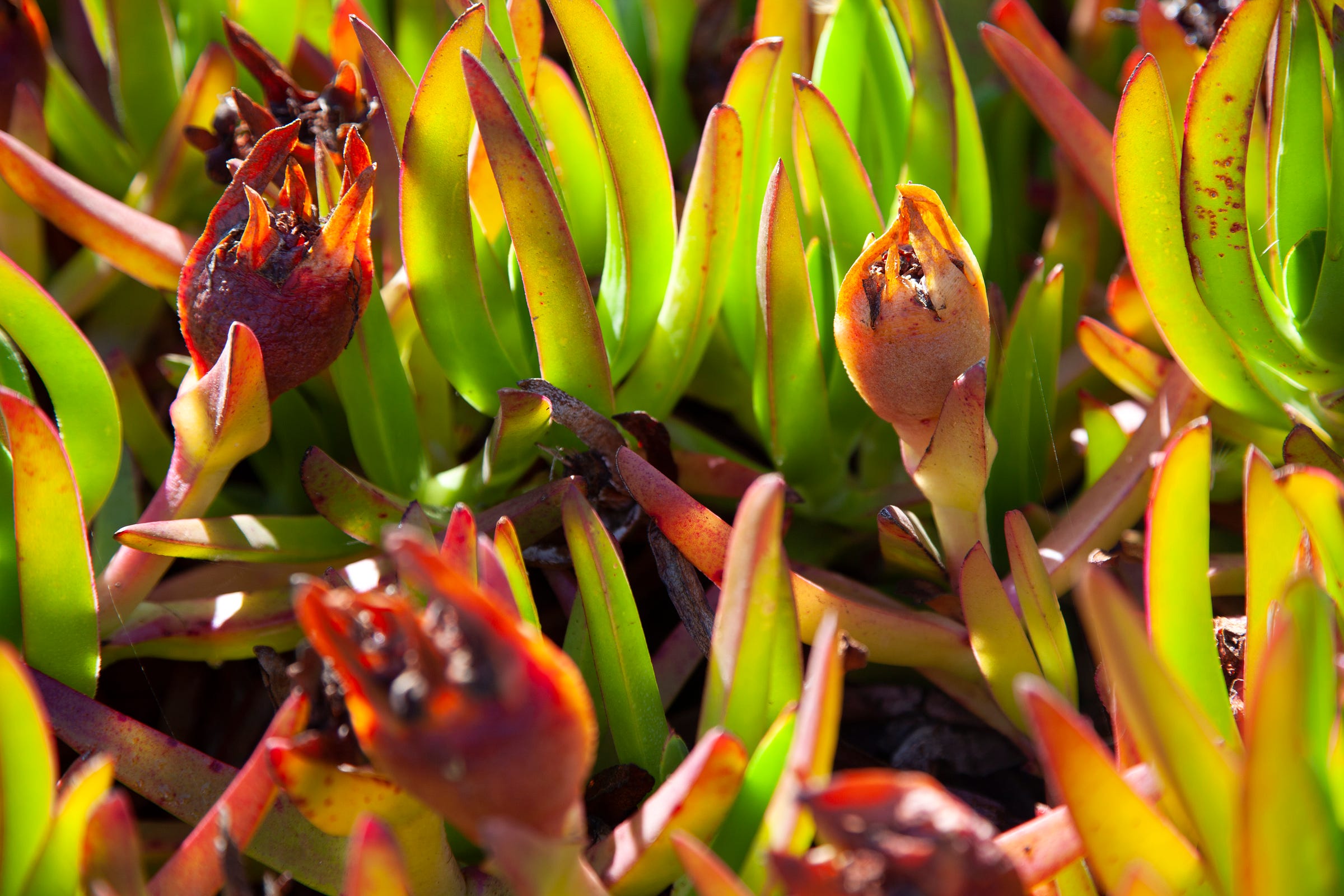Sea Strawberries, Beach Plants & Seaweeds of Chile's Central Coast
Foraging for edibles along the shoreline.
Not having grown up near a coast, I was never really exposed to the edible things found growing along beaches and rocky shores. But what a world it is. Amidst windswept coastlines in the sandy soil, entire gardens of herbs and flowers exist, many of them with wonderfully crisp textures and brin…



